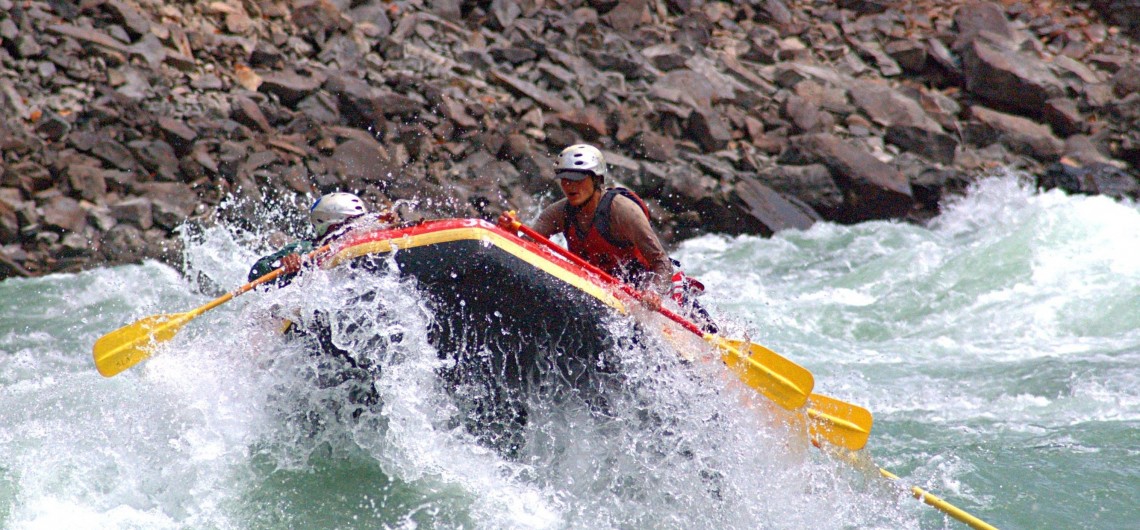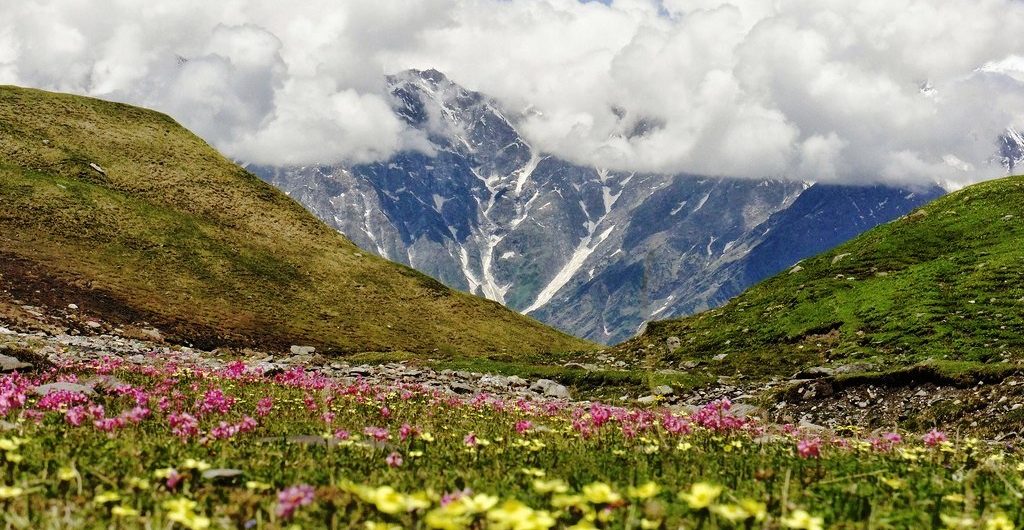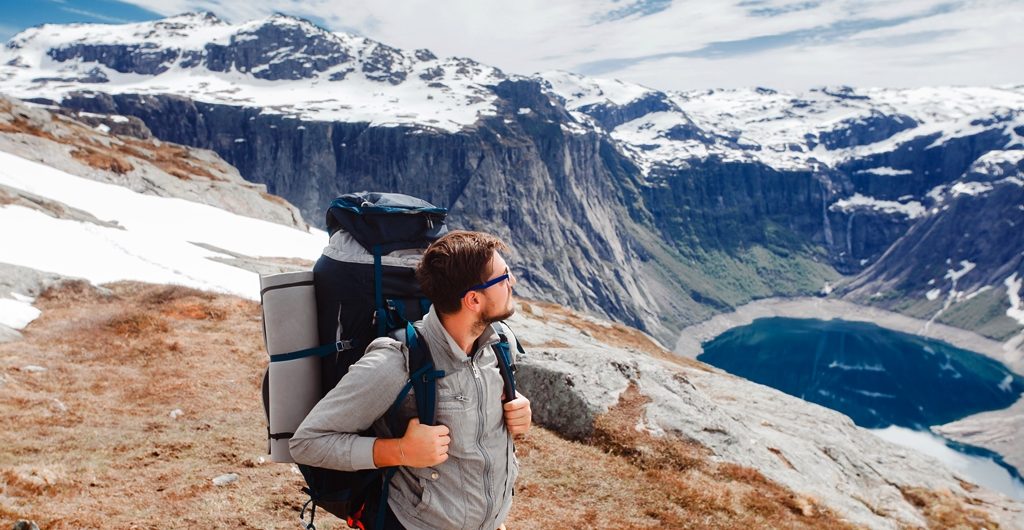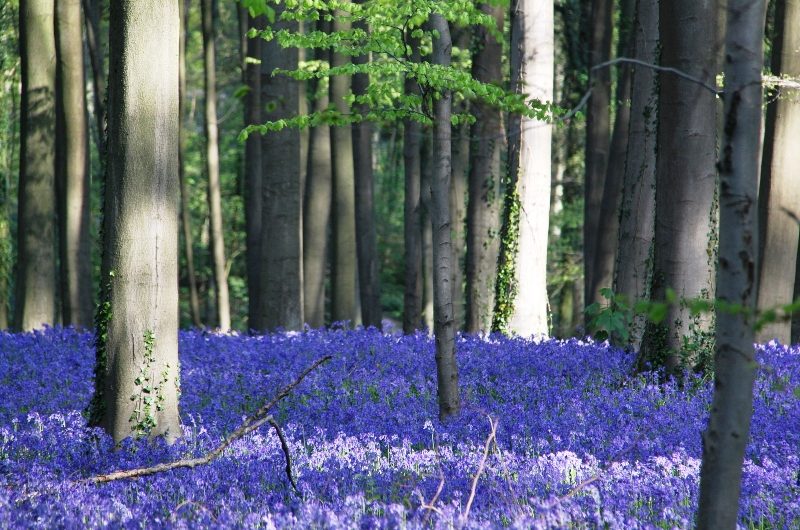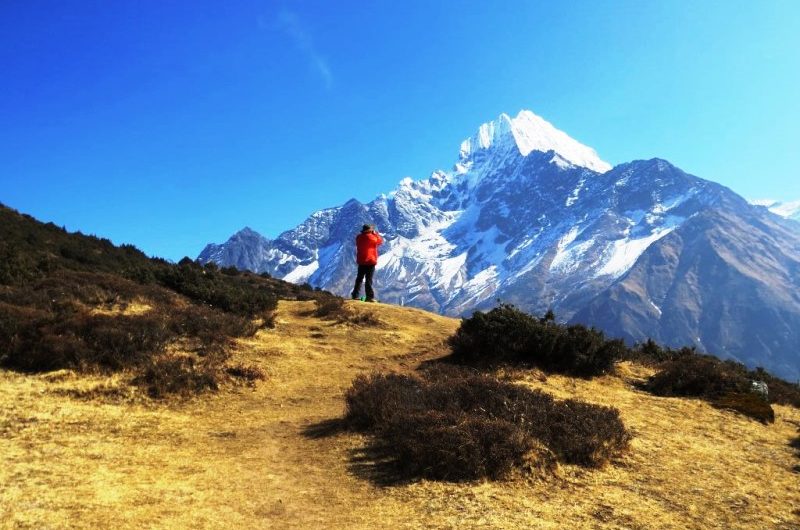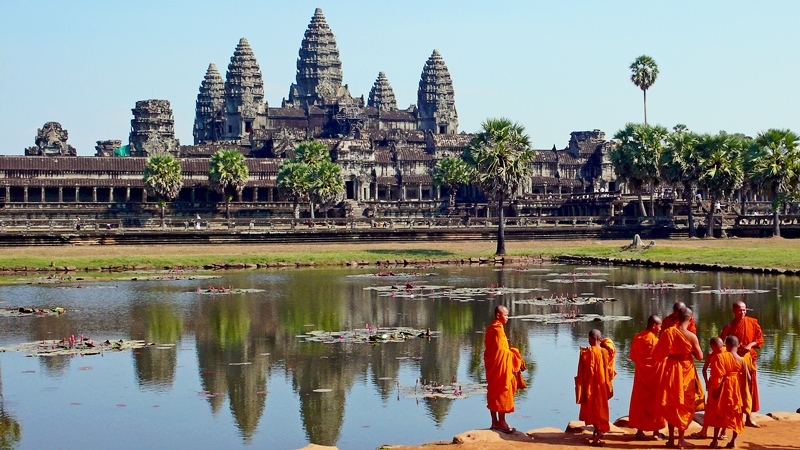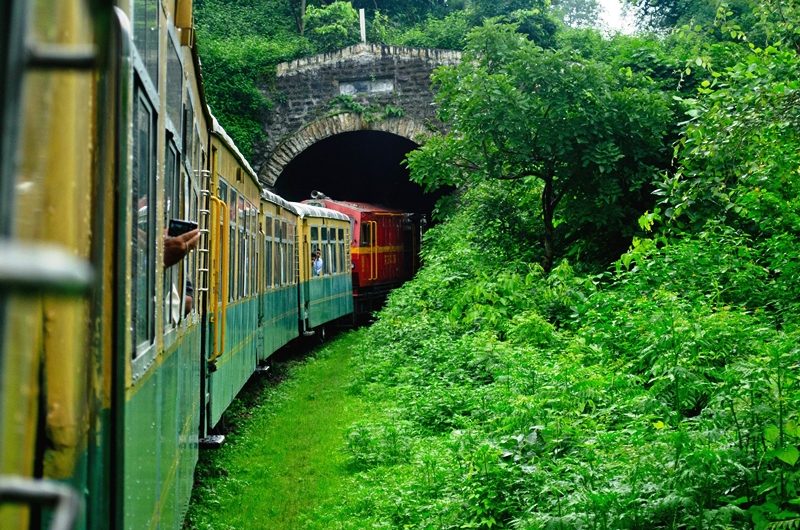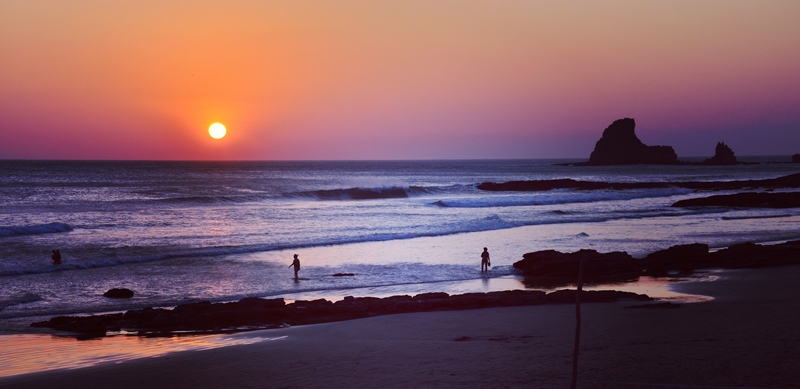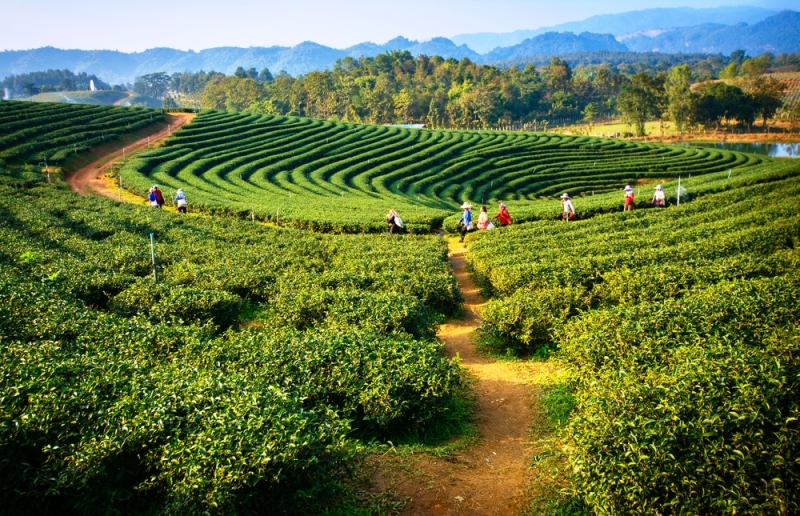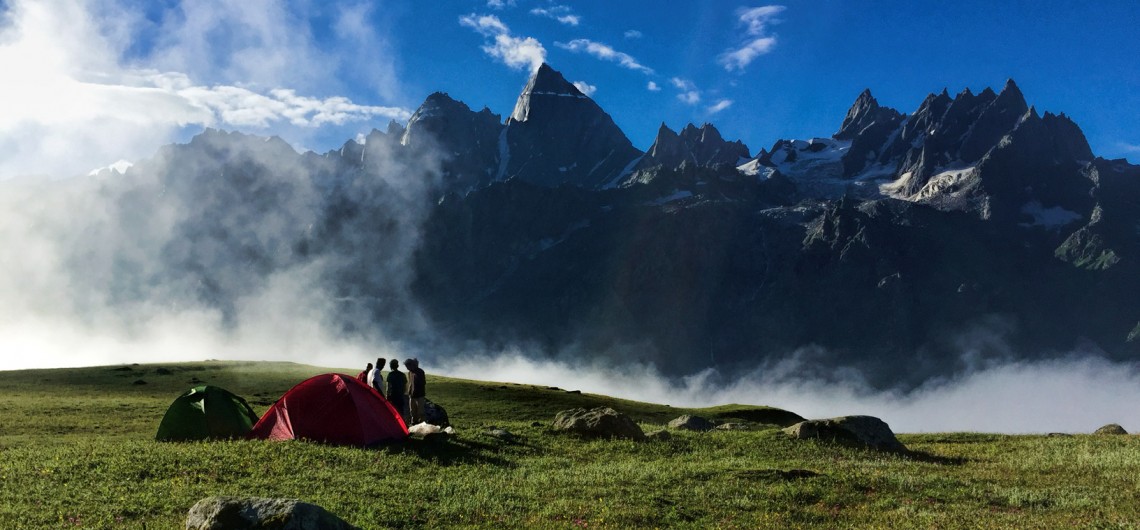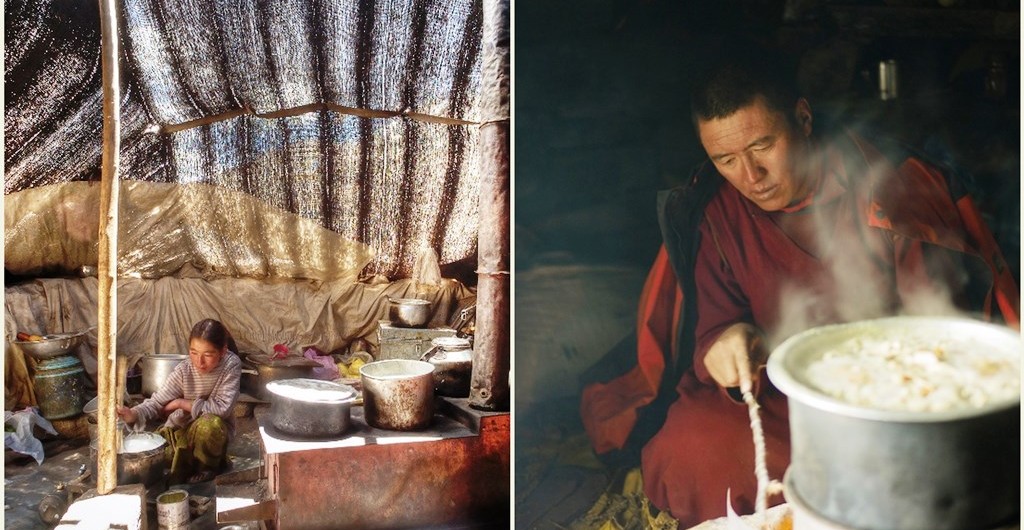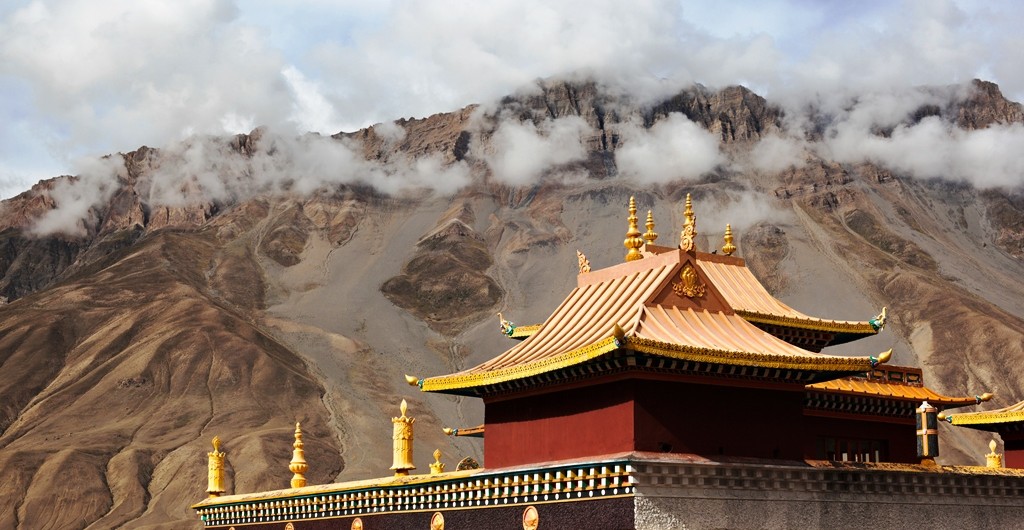We often look out for activities that can wake us from the slumber of mundane lifestyle. When life gets slotted into hues of black and white, it’s time to add a colourful mix to it. There are several activities that wait for us to regain those thoughtless giggles and loud screams. So, get ready to rediscover the streak of adventure that makes this life worth living for. Kundalika River Rafting is one such adventure sport which should be on your bucket list if you wish to experience the sweet tinge of an adrenaline rush.
Looking For a Weekend Getaway? The activity is done on a beautiful river, Kundalika, which originates in the Western Ghats of Maharashtra and ends into the Arabian Sea. Flowing through thick forests and rice fields, this is the only river in Maharashtra on which river rafting is possible.
Here’s When You Can Go: As Kundalika River rafting is operational throughout the year, the best time to opt for this adventurous activity is between June and March. During this time, the weather remains ideal to explore other exciting activities along with river rafting on Kundalika. In addition, it is the time when people can avoid the scorching heat of summer and can experience the beauty of this place at its best.
So, Get Set Go! Surrounded by the many tourist destinations nearby like Matheran, Lonavala and Mahableshwar, Kundalika River rafting is located at an incredibly picturesque location itself, this small village called Kolad. Nestling in the lap of nature, Kolad is a village which is located on the banks of Kundalika River in Maharashtra. The view of majestic Sahyadri Mountain, beautiful valleys and sand marshlands add charm to the beauty of this little village. Apart from offering an opportunity to partake in the rhythm of water, Kundalika River rafting provides a chance to explore the scenic beauty of the surroundings.
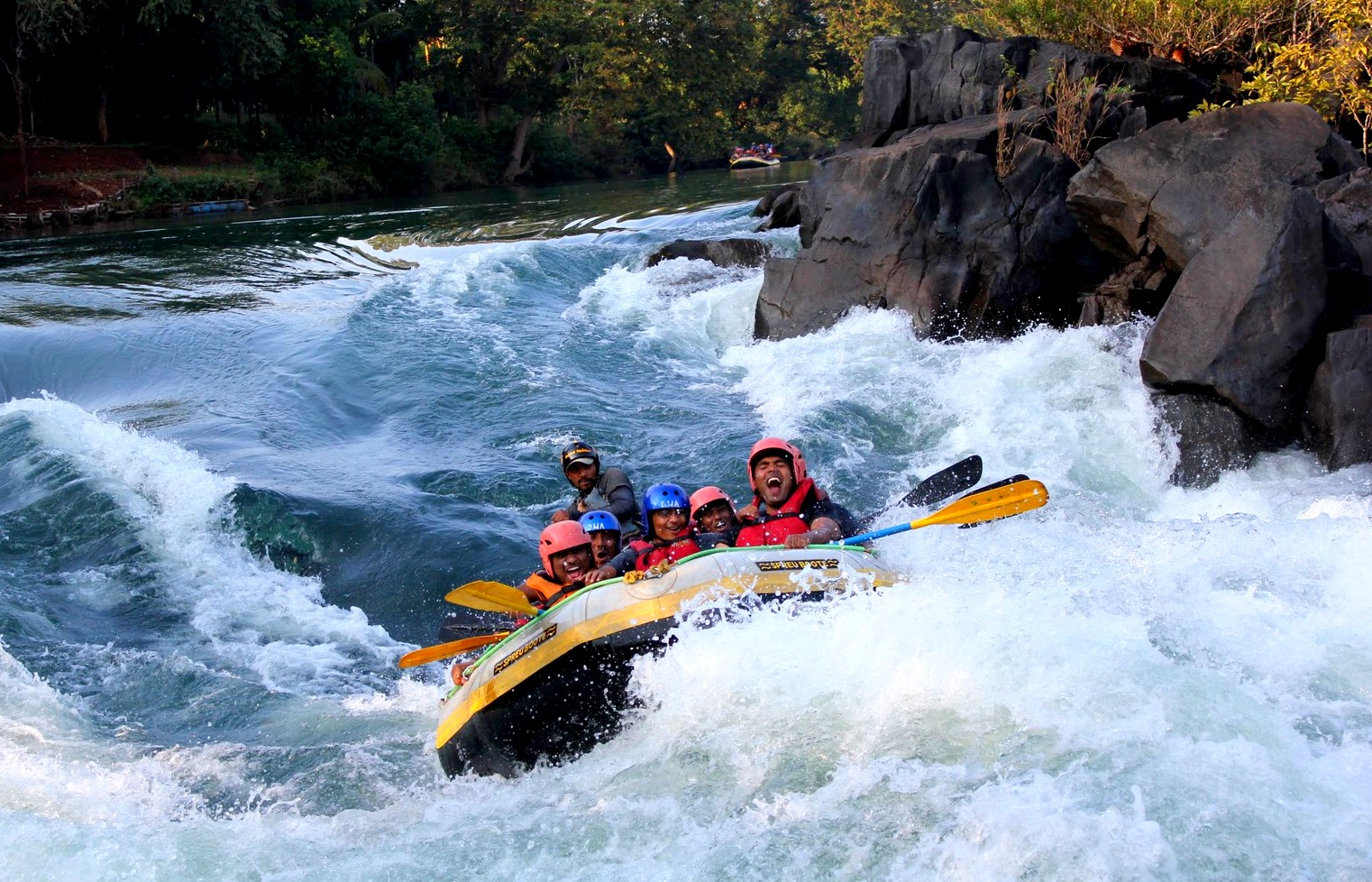
Looking Back At My Kundalika River Rafting Experience:
The first location to reach before indulging in Kundalika River rafting is Saje village. Located in Raigad district of Maharashtra, it is a village that belongs to Konkan region. This is the place that gave me the feeling that I am yet to embark on something which was restricted within the horizon of dreams. But I was no exception! There were several participants who were under the shared star. However, to ride on that roller-coaster ride of mixed emotions is an experience in itself. Laxmi Narayan Temple, Mahadev Temple Sangameshwar and Shree Bhairvnath Mandir Patharshet are some of the major attractions that people can discover around this village.
Next, my friends and I reached Kolad, one of the popular adventure sports destinations. The quaint charm of this village lies in its cascading waterfalls, green meadows and picturesque backdrop of mountain Sahyadris. The majestic valleys and picturesque landscapes of this village left us amazed. It was an experience of one of its kind to witness the beauty of nature which has been extolled in the works of renowned poets and artists. Before we could get completely soak in the sublime beauty of the surroundings, our trainer called us and asked to prepare for the Kundalika River rafting adventure.
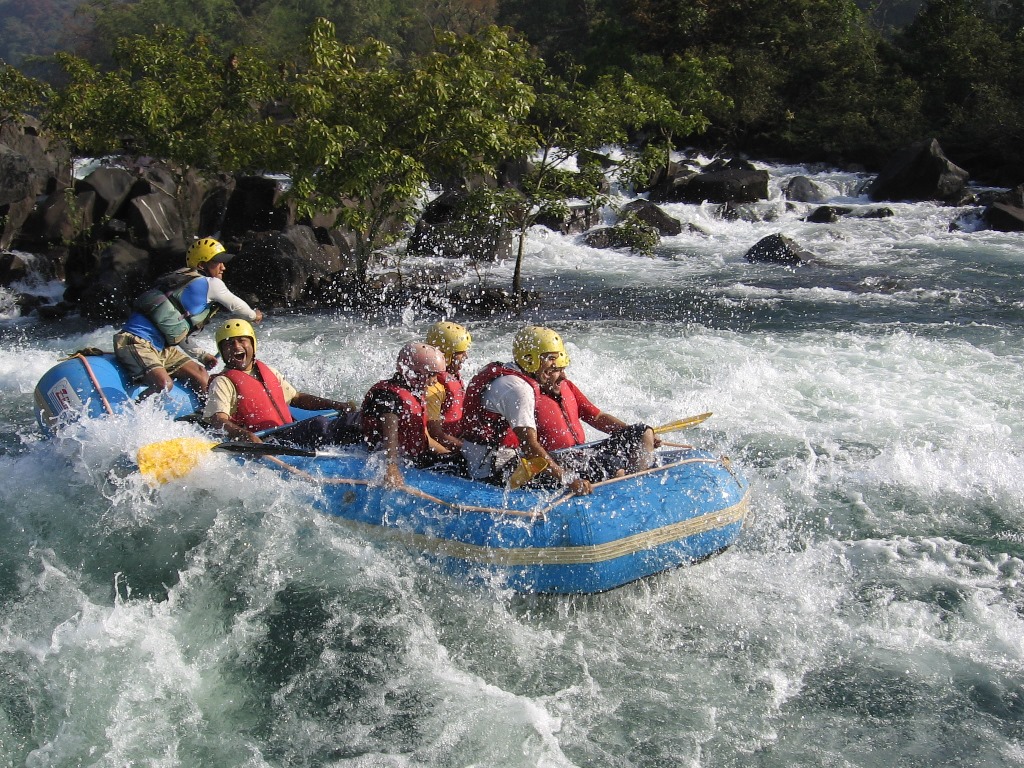
There were several rafting grades which have been designed for the amateur and experienced campaigners separately. The people from our group chose between Grade II and III as per their own convenience. One of the best moments while rafting on Kundalika River was to traverse through those strong current flow downstream forming milky white rapids. In addition, passing through the virgin forests below the Mulshi and Bhira dams and exploring the other areas of water are some of the moments that do not need any return ticket to remain etched in memory. The rafting experience along the 12 km stretch was full of exciting and thrilling rapids. It not only set me and my soul free to experience the beauty that life beholds but also changed my perspective towards life.
White water rafting, kayaking, zip-line, tarzan swing and trekking are some of the other adventurous activities that people can indulge into along with Kundalika River rafting in Kalod. They can also enjoy adventurous activities like rock climbing, rappelling and climbing up through thundering waterfalls while admiring the exquisite beauty of the place.
Major Attractions To Explore In Kolad:
Tamhini Ghat Waterfalls: Popularly known as the Valse, Tamhini Ghat Waterfalls are one of the popular attractions of Kolad. The modest peaks and lush greenery of these waterfalls have never failed to draw the attention of tourists. The Kansai Waterfalls and hot springs at Uddhar, situated near these falls, are some of the other attractions that people can explore.
Bhira Dam: Built by Tata Power Company in the year 1927, Bhira Dam is a place of great importance. It serves as the major water resource for the river Kundalika. It is also known as the Tata Powerhouse Dam, as the water of this dam is used for irrigational purposes and power generation.
Ghosala Fort: Known for the architectural grandeur of ancient India, Ghosala Fort is situated in the middle of the Revdanda and the Salav Creeks. The two temples and a dargah in the fort are known for evoking the curiosity of any visitor.
Tala Fort: Situated 1000 feet above the sea level, Tala Fort was built in the 4th Century. The green forests and hilly terrains around this fort add charm to the beauty of the place. It stands proudly as a relic of its past glory.
Kolad Museum: Often referred to as the Kolad’s Kashtashilp, Kolad Museum is one of the well-known attractions of the region. It is popular for Ramesh Ghone’s sculptures, which are made using bamboo and wood.
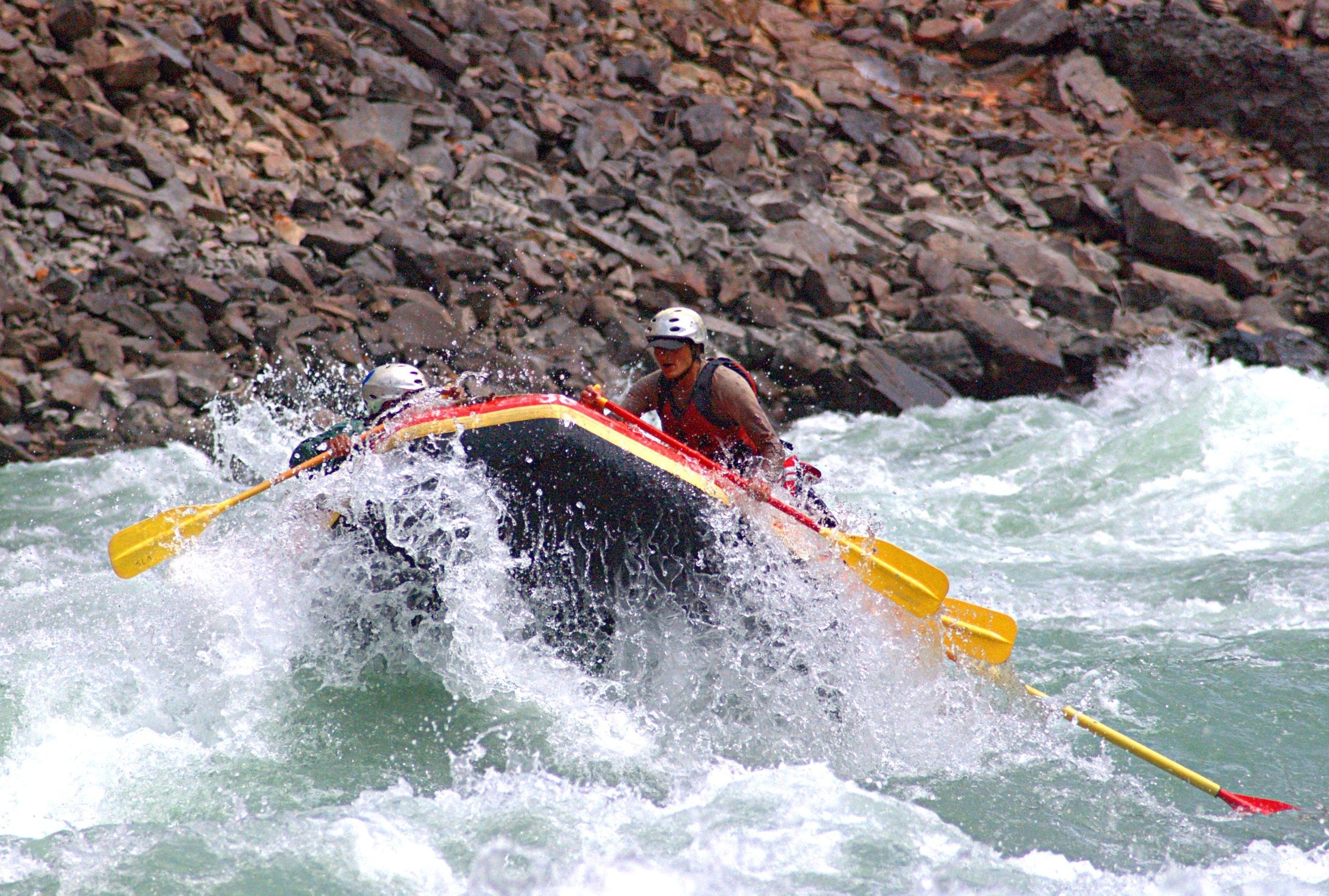 Kundalika River rafting gave me an opportunity to paint the canvas of my life with some memorable experiences. It enabled me to hear the voice of the heart, saying that the pangs of life constitute a very small part of the beauty that it beholds. The pangs that life comes across to are meant to be sung to tap on the music that it constitutes.
Kundalika River rafting gave me an opportunity to paint the canvas of my life with some memorable experiences. It enabled me to hear the voice of the heart, saying that the pangs of life constitute a very small part of the beauty that it beholds. The pangs that life comes across to are meant to be sung to tap on the music that it constitutes.

